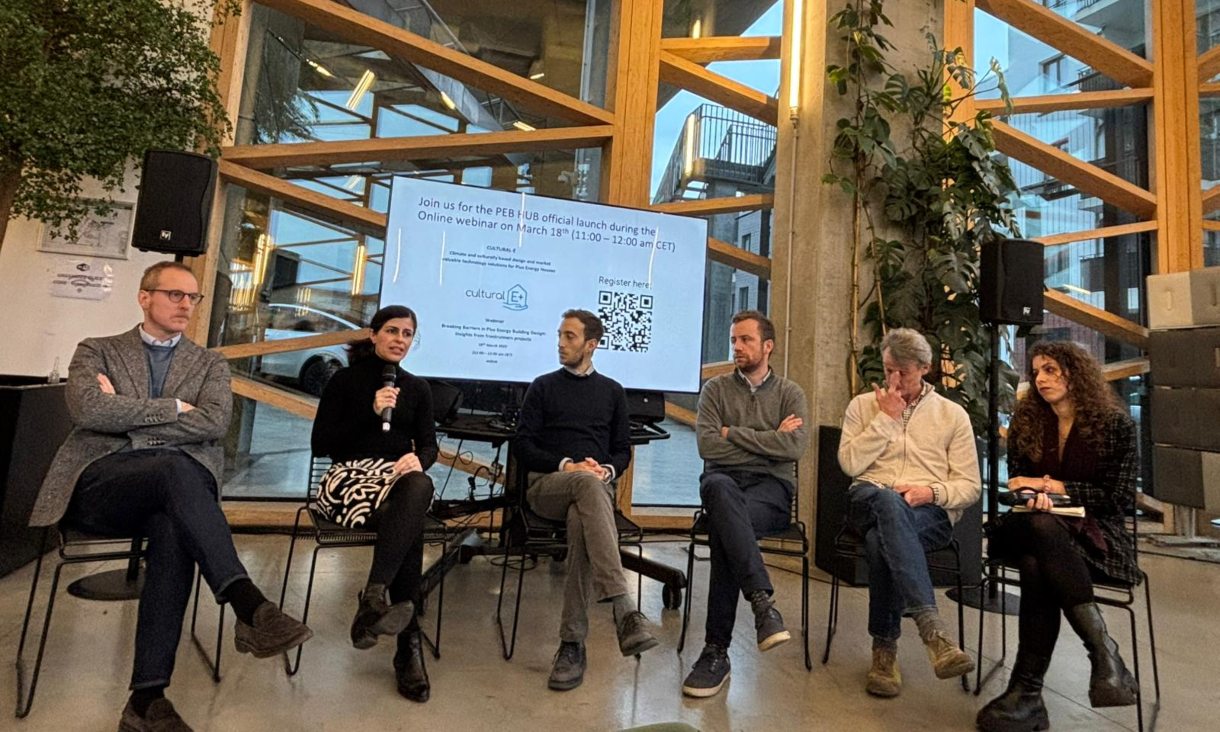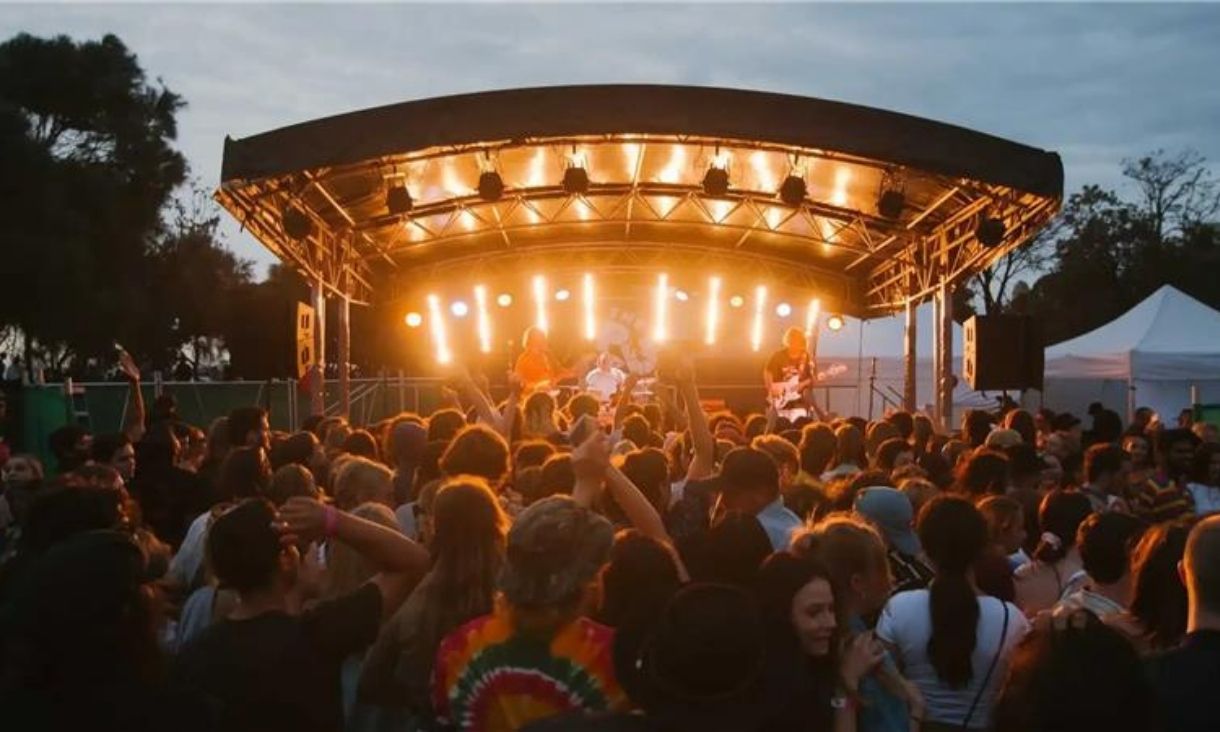In Europe, many existing buildings are deemed energy inefficient and while efforts to renovate are continuing, progress is often slow.
RMIT researchers have contributed to new research looking at Plus Energy Buildings (PEBs) – buildings that produce more energy than they consume – as a means to decarbonise the urban landscape and make it more sustainable for the future.
PEBs can also contribute to the energy grid, making them a useful approach for reducing greenhouse gas emissions as required by the Paris Agreement.
The Cultural-E project focused on four residential demo sites in different climatic regions of Europe: sub-Arctic (Norway), oceanic (Northern France), continental (Germany) and Mediterranean (Italy).
These demo sites included new constructions and existing residential buildings being retrofitted to achieve an energy surplus by using energy from renewable and zero-emission sources.
Understanding the needs of residents to design PEBs
Alongside developing and implementing energy-saving technologies in the demo sites, Cultural-E researchers investigated how households interacted with these technologies in real life, and how differences in climate and culture might play a role in PEB design.
Professor Ralph Horne, Associate Deputy Vice-Chancellor, Research and Innovation in RMIT’s College of Design and Social Context, said that understanding the needs of households can guide residents towards more energy efficient practices.
“This is an important part of the design process because it’s not only about installing energy-saving technologies; it’s about making sure that households are using them to the maximum effect,” said Horne.
Dr Beatriz Pineda, Research Fellow at RMIT Europe said that placing the daily practices of households at the heart of their work has motivated many of RMIT's tasks in this project.
“It is an approach that sets Cultural-E apart from other research in this field,” said Pineda.
Through semi-structured interviews with people living in highly energy efficient buildings, RMIT researchers learnt how culture and climatic variations affect daily practices like heating or ventilating the home.
For example, in Norway interviews revealed that people like to sleep with their windows slightly open in winter, even if it’s -20C outside.
“This is a practice ingrained in the culture, and new window system technologies should account for this to maximise energy efficiency,” said Pineda.
Across all four demo regions, the researchers discovered that household technologies are often used incorrectly when residents' needs are not fulfilled – despite having access to manuals on best use – therefore compromising energy efficiency.
“This may result in a trade-off in the design of PEB and PEB technologies, but it is important to find a balance between energy efficiency and usability for building occupants,” said Horne.
As a result, Cultural-E has developed guidelines to better inform PEB residents about the energy-saving technologies installed in their homes, which may act as an alternative to traditional user manuals.









